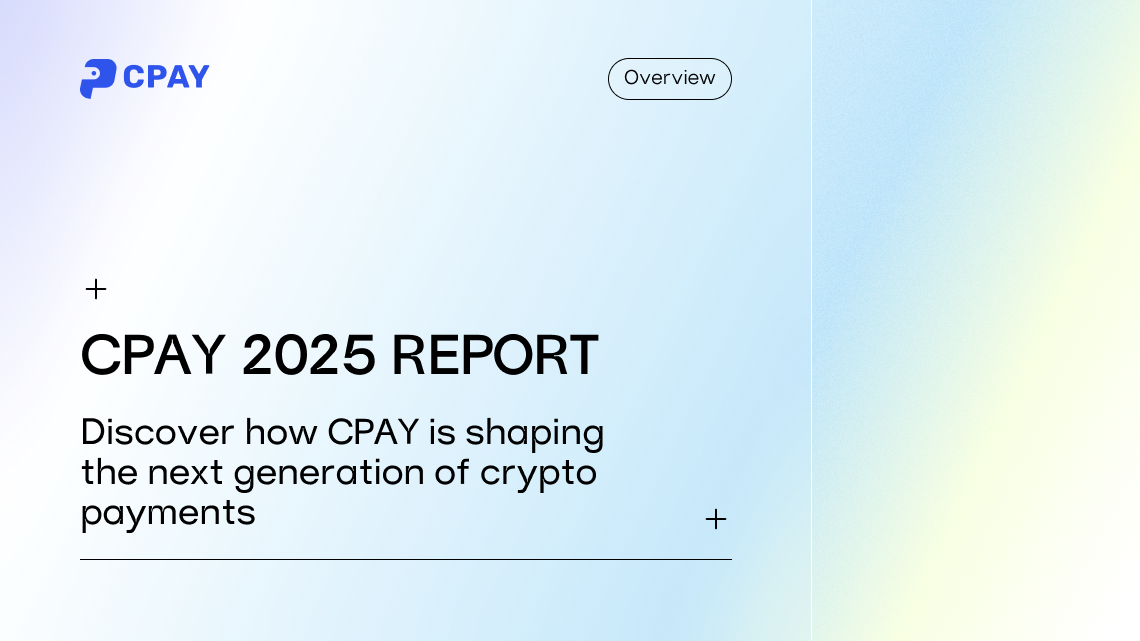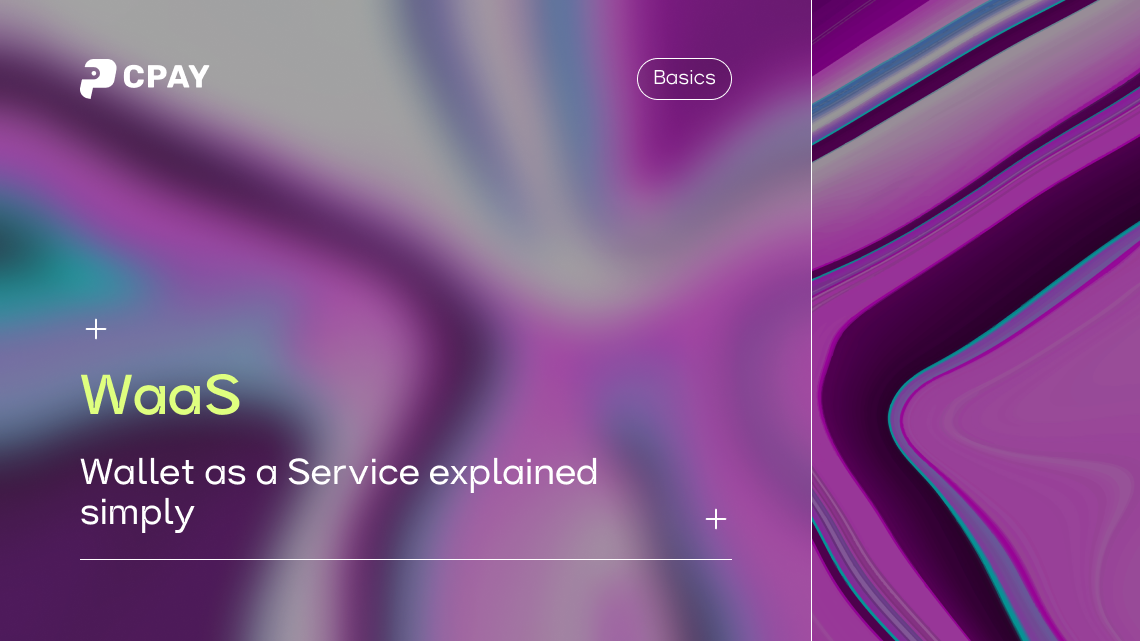In 2025, integrating crypto payments is no longer a privilege of big fintechs. Thanks to wallet APIs, startups can now embed crypto functionality—sending, receiving, swapping, and holding digital assets—directly into their products without writing blockchain code from scratch.
Let’s unpack how it works, why it matters, and what to look for when choosing a crypto wallet API provider.
The API Advantage
Building a crypto wallet infrastructure from zero is complex and expensive. It requires:
• Managing private keys and seed phrases securely
• Connecting to multiple blockchains (Ethereum, TRON, Base, BNB Chain, etc.)
• Handling gas fees, smart contracts, and network updates
• Passing compliance and risk checks
For most startups, that’s simply not feasible.
That’s where crypto wallet APIs come in — they abstract all the complexity into ready-to-use endpoints.
Through a single integration, your app can:
- Generate user wallets instantly
- Enable deposits and withdrawals in stablecoins like USDT, USDC, or DAI
- Process on-chain payments or swaps
- Monitor balances and transaction statuses in real time
- Automate payouts or mass disbursements
All this — without ever touching the blockchain layer directly.
Use Cases Across Industries
Wallet APIs are reshaping multiple business models:
1. Fintech & neobanks — integrate stablecoin accounts or cross-border transfers with lower fees than SWIFT.
2. iGaming & Forex — accept deposits in crypto and pay out winnings or trader profits instantly.
3. E-commerce platforms — offer crypto checkout options to reach global users and avoid card declines.
4. Web3 apps & startups — embed self-custody wallets or loyalty tokens without heavy infrastructure.
5. Prop trading firms & DeFi services — automate crypto payouts, staking rewards, and affiliate commissions.
Essentially, any company that moves money online can now move crypto the same way — programmatically.
How It Works Technically
Integration usually takes just a few steps:
- API key & SDK setup — you connect your app backend with the provider’s API.
- Wallet creation — endpoints let you generate blockchain addresses per user or merchant.
- Transaction processing — you can trigger on-chain payments, swaps, or batch payouts.
- Callbacks & webhooks — receive transaction confirmations and update user balances instantly.
Most providers also include built-in AML/KYC, gas management, and multi-chain routing, reducing compliance and operational friction.
.png)
The result? Startups can offer bank-grade crypto functionality while staying lean and focused on their core product.
Choosing the Right Partner
When selecting a wallet API, evaluate:
- Supported chains and tokens
- Security model (custodial vs non-custodial, MPC, or hybrid)
- Documentation and SDK quality
- Transaction fees and gas optimization
- Uptime and scalability
- Jurisdiction and compliance coverage
Providers like CPAY, Fireblocks, or Circle APIs allow businesses to scale confidently while maintaining flexibility.
The Bigger Picture
Crypto wallet APIs are doing for blockchain what Stripe did for card payments — turning a complex financial process into a few lines of code.
For startups, this levels the playing field: now anyone can embed crypto into their business model — from a trading app to a social platform or mobile game.
The next generation of products won’t just “support crypto.”
They’ll be built on crypto — powered by APIs that make Web3 accessible to everyone.








